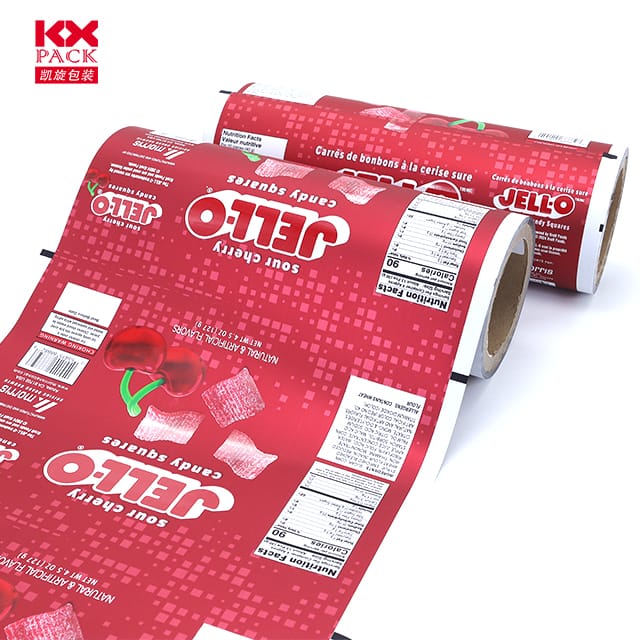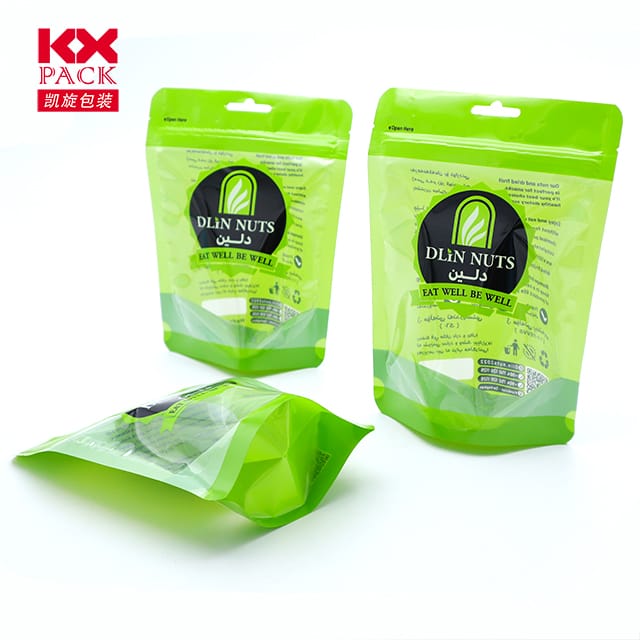The Double-Edged Sword of Plastic Films in Food Packaging: Kényelem vs. Fenntarthatóság
Műanyag fóliák
In supermarkets worldwide, plastic films wrap everything from fresh produce to pre-cooked meals, ensuring freshness and extending shelf life. Még, Ahogy a környezeti aggályok tartják, these transparent, versatile materials face scrutiny. Let’s explore the role of plastic films in food packaging, their benefits, hátrányok, and the innovations shaping a greener future.
1. Why Plastic Films Dominate Food Packaging
Plastic films—thin layers of polymers likepolietilén (PE), polipropilén (PP), és polivinil -klorid (PVC)—are ubiquitous for good reason:
- Preservation Power: They act as barriers against oxygen, nedvesség, és szennyező anyagok, slowing spoilage. Például, modified atmosphere packaging (MAP) uses plastic films to regulate gas levels, keeping strawberries fresh for weeks.
- Költséghatékonyság: Producing plastic films is cheaper than alternatives like glass or metal, making them ideal for mass-market goods.
- Könnyű és rugalmas: Their malleability allows custom shapes for snacks, meats, and cheeses, reducing material waste compared to rigid packaging.
- Átláthatóság: Clear films let consumers inspect products without opening them, boosting trust and reducing food waste from damaged goods.
2. The Environmental Toll: A Crisis in the Making
Despite their advantages, plastic films contribute significantly to global pollution:
- Egyszer használatos dominancia: Over 80% of plastic films are used once and discarded, hulladéklerakókba vagy óceánokba kerül. A 2022 study found that plastic packaging accounts for 46% of global plastic waste, with films being a major culprit.
- Recycling Challenges: Most films are non-recyclable due to contamination (PÉLDÁUL., food residue) or mixed materials (PÉLDÁUL., PE combined with adhesives). Only 4% of plastic films are recycled in the U.S., per the EPA.
- Microplastic Menace: Degraded films break into microplastics, infiltrating ecosystems and even human bodies. Research suggests the average person ingests 5 grams of microplastics weekly—equivalent to a credit card.
3. Innovations Redefining Plastic Films
The industry is pivoting toward sustainability through these breakthroughs:
- Biodegradable Alternatives:
- Polylactic acid (PLA): Derived from corn starch, PLA films decompose in industrial composters within 90 napok. Olyan márkák, mint NatureWorks are using PLA for fresh salads and sandwiches.
- Cellulose-based Films: Made from plant fibers, these films are edible and home-compostable. Olyan vállalatok, mint TIPA offer compostable wraps for granola bars and coffee pods.
- Fejlett újrahasznosítási technológiák:
- Chemical Recycling: Processes like pyrolysis break down mixed plastics into raw materials for new films. Nestlé and Danone are investing in this tech to recycle flexible packaging.
- Enzymatic Breakdown: Startups like Carbios use enzymes to depolymerize PET films into reusable monomers, closing the loop.
- Smart Films for Extended Shelf Life:
- Aktív csomagolás: Films infused with oxygen scavengers vagy antimicrobial agents (PÉLDÁUL., silver nanoparticles) can double the lifespan of perishables like meat and cheese.
- Ehető bevonatok: Thin layers of kitozán (from shellfish) vagy beeswax create breathable barriers, reducing reliance on synthetic plastics.
4. Az út előre: Balancing Practicality and Planet
While innovations are promising, systemic changes are needed:
- Policy Push: Governments must enforce extended producer responsibility (HAJTÓMŰ NYOMÁSVISZONYA) laws, requiring brands to fund recycling infrastructure. The EU’s Single-Use Plastics Directive bans non-compostable films by 2030.
- Consumer Behavior Shifts: Educating shoppers to opt for reusable containers or bulk purchases can cut film use. Zero-waste stores, which allow customers to fill their own jars, egyre nagyobb teret nyernek.
- Ipari együttműködés: Initiatives like the New Plastics Economy Global Commitment unite 500+ companies to eliminate problematic plastics and boost recycled content in films.
Következtetés: Rethinking the “Wrap” on Food Packaging
Plastic films are a testament to human ingenuity—protecting food, A hulladék csökkentése, and enabling global food trade. Még, their environmental cost demands urgent action. A biológiailag lebontható anyagok ölelésével, investing in recycling tech, and redesigning systems for circularity, we can preserve both convenience and the planet.
Next time you unwrap a snack, kérdezd meg magadtól: Could this film be part of the solution, not the problem? Share your sustainable packaging hacks in the comments! 🌍🍴






